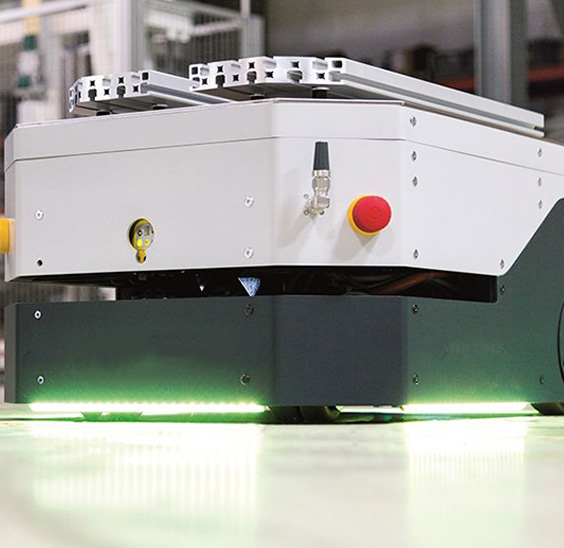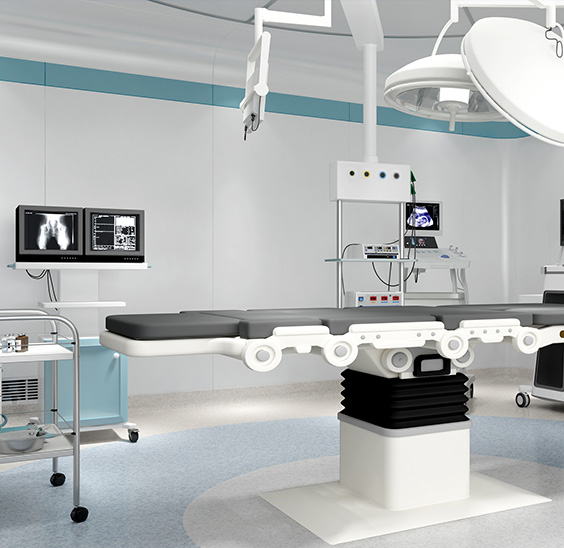How to test brake chamber response time during inspections?
Commercial vehicle braking systems are the backbone of road safety, and the brake chamber — a critical pneumatic component converting air pressure into mechanical force — plays a pivotal role in ensuring timely stopping power. Slow or inconsistent brake chamber response times can lead to delayed braking, uneven wear, or catastrophic failures.
Why Brake Chamber Response Time Matters
Brake chambers must activate and release within strict time parameters (typically 0.25–0.50 seconds for application and 0.35–0.65 seconds for release, depending on chamber size). Delayed responses indicate issues like:
Air system restrictions (clogged hoses, faulty valves)
Weak or damaged diaphragms
Corroded pushrods or slack adjusters
Undetected delays amplify stopping distances by 20–40% under emergency conditions, significantly elevating collision risks.
Step 1: Pre-Test Preparation
Depressurize the System: Secure the vehicle, chock wheels, and release air pressure via the brake pedal or dash valve.
Visual Inspection: Check for chamber corrosion, pushrod alignment, and air line integrity. Note: Damaged chambers must be replaced immediately.
Tool Setup: Use a calibrated response time tester (e.g., WABCO TPT-2) or a synchronized pressure gauge with a stopwatch.
Step 2: Measuring Application Time
Monitor Pushrod Movement: Attach a displacement sensor or mark the pushrod’s resting position.
Apply 60–80 psi Air Pressure: Gradually increase pressure while timing how long the pushrod takes to fully extend. A standard Type 30 chamber should achieve maximum stroke (2.25") in ≤0.5 seconds.
Compare Readings: Cross-reference results with manufacturer specifications. Repeat for all axles.
Step 3: Testing Release Time
Release Air Pressure: Observe how quickly the pushrod retracts to its original position.
Track Delays: Prolonged retraction (>0.65 seconds) suggests sticky components or spring brake interference.
Step 4: Data Analysis & Corrective Actions
Out-of-Spec Chambers: Replace diaphragms, clean/replace restricted air lines, or adjust slack adjusters.
Trend Monitoring: Log response times for predictive maintenance. Fleet managers report 15–30% fewer brake-related violations with quarterly testing protocols.
Integrating brake chamber response time checks into inspection routines ensures compliance, reduces downtime, and saves lives. With tools costing under $200 and tests taking <10 minutes per vehicle, this practice offers exponential returns in safety and operational efficiency. Remember: In braking systems, milliseconds translate to meters—and margins for error are non-negotiable.


 EN
EN  English
English Português
Português










